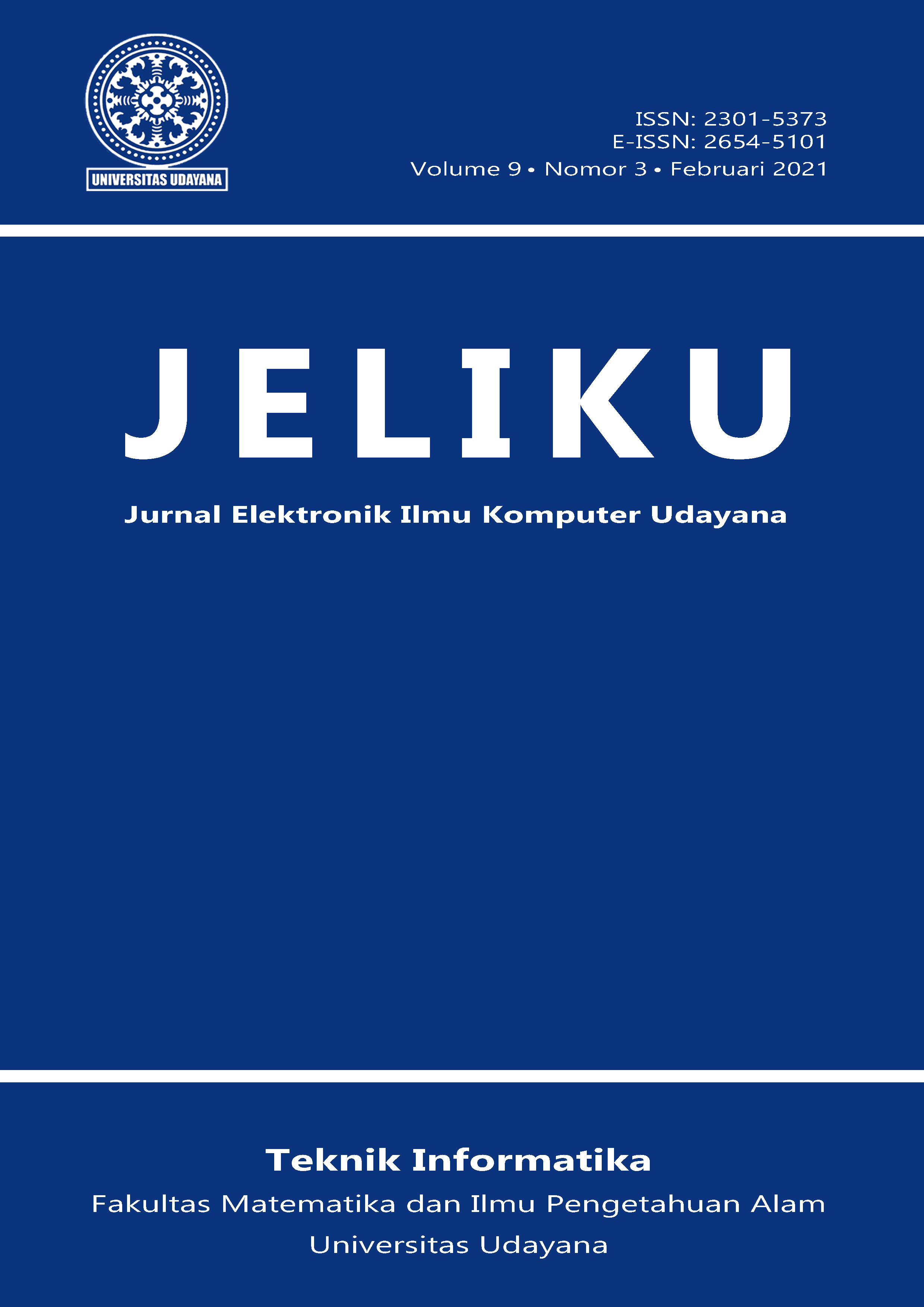Implementation of K-Modes Algorithm for Clustering of Stress Causes in University Students
Abstract
Stress is an inevitable part of life in a college environment. The variety of factors that cause stress in students, it is necessary to cluster the factors that cause stress in students to see the description of the characteristics of each cluster of students. The clustering process is carried out to identify the causes of stress in student groups and their relationship to these internal and external factors. Cluster analysis can be used as a reference to decide on efforts to handle and prevent increased stress in students.
The clustering process is carried out using the Python programming language. The algorithm used is the k-modes clustering algorithm. This algorithm is suitable for clustering categorical data. The optimal number of clusters obtained from the implementation of the elbow method is three clusters. Cluster 1 is a cluster with a mild stress level, the main cause of stress is academic issues. Cluster 1 is the only group where the majority of the cause of stress is not financial. Cluster 2 is a cluster with a high stress level which causes various stressors. However, cluster 2 is the only cluster where the cause of stress is on careers and on involvement in hostels, clubs, and society. Cluster 3 is a cluster with a medium stress level. This cluster is the only cluster dominated by male gender. The main cause of stress in this cluster is academic and financial.






